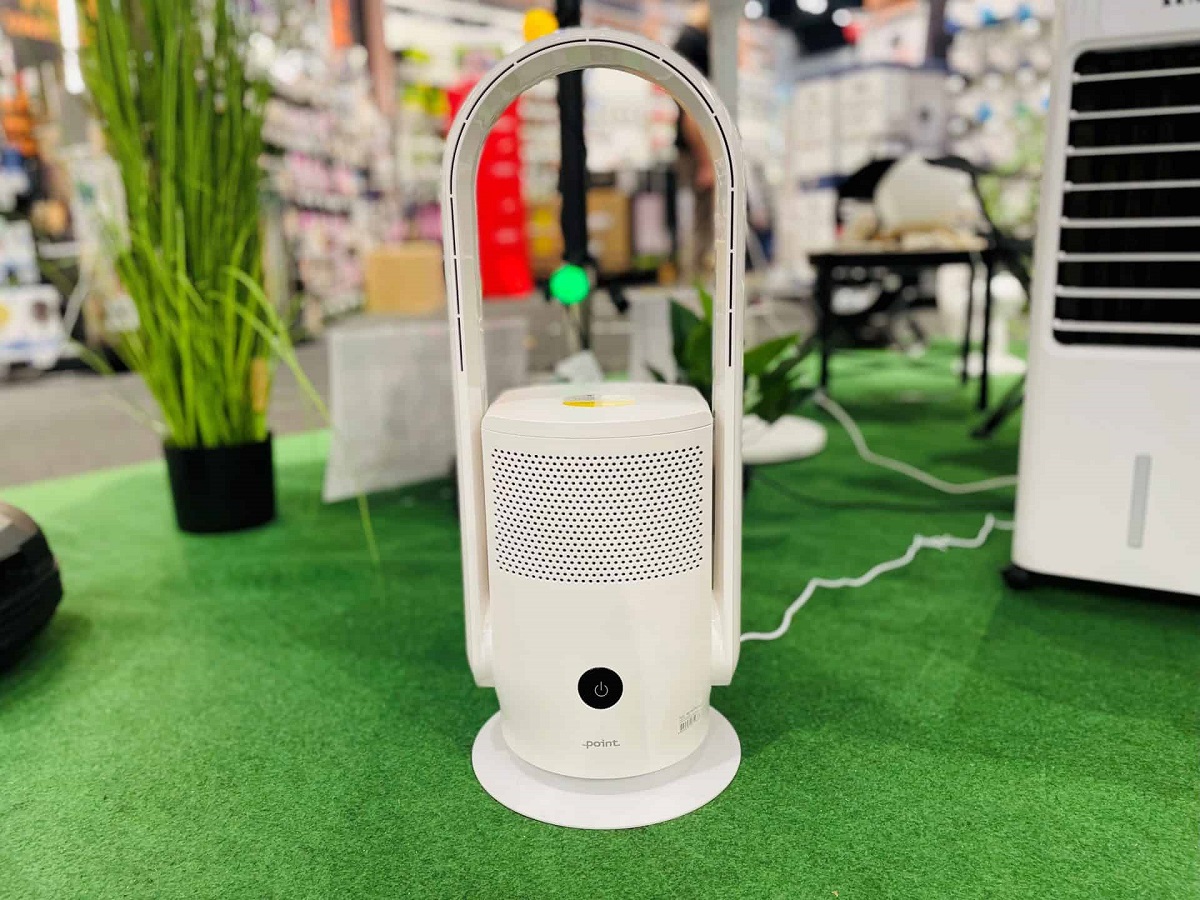

Articles
How Much Is an Air Purifier
Modified: January 6, 2024
Discover the true value of air purifiers and how much they cost in this comprehensive article. Stay informed on the latest prices and features.
(Many of the links in this article redirect to a specific reviewed product. Your purchase of these products through affiliate links helps to generate commission for Storables.com, at no extra cost. Learn more)
Introduction
Welcome to the world of air purifiers, where cleaner and healthier air is just a breath away. In today’s modern world, air pollution is a growing concern, and the need to breathe clean, purified air has never been greater. With a wide range of air purifiers available in the market, it can be overwhelming to choose the right one that meets your specific needs and budget.
What factors should you consider before investing in an air purifier? What are the types of air purifiers available? What are the key features you should look for? How much does an air purifier cost? These are some of the questions we will explore in this comprehensive guide.
Before diving into the details, it’s important to understand why air purifiers have become increasingly popular in recent years. With the rise in industrialization, vehicular emissions, and indoor pollutants, the quality of the air we breathe is deteriorating rapidly. Poor air quality can lead to a plethora of health issues, ranging from allergies and respiratory problems to more serious conditions like asthma and even cardiovascular diseases.
An air purifier is a device designed to improve indoor air quality by removing contaminants such as dust, pollen, pet dander, mold spores, bacteria, and even volatile organic compounds (VOCs) from the air. It works by pulling in the air through various filters, trapping the pollutants, and then releasing clean, purified air back into the environment.
When considering purchasing an air purifier, it’s important to assess your specific needs and the air quality concerns in your environment. Do you suffer from allergies or asthma? Do you live in an area with high levels of pollution? Are you concerned about mold in your home? Understanding your requirements will help you choose the most suitable air purifier.
In the following sections, we will discuss the factors to consider before buying an air purifier, the different types of air purifiers available, the key features to look for, and an in-depth understanding of air purifier filters, noise levels, energy consumption, and, of course, the cost of air purifiers.
By the end of this guide, you will have a comprehensive understanding of air purifiers and be equipped with the knowledge to make an informed decision that perfectly matches your needs and budget. So, let’s begin our journey towards cleaner and healthier air!
Key Takeaways:
- Invest in a high-quality air purifier that meets your specific needs and budget to remove allergens, pollutants, and odors, creating a cleaner and healthier indoor environment for you and your loved ones.
- Prioritize the effectiveness and performance of an air purifier over the price, considering factors such as filtration efficiency, air cleaning performance, durability, and long-term costs. Choose an air purifier that aligns with your specific needs and budget to enjoy the benefits of cleaner, fresher air in your home or office.
Factors to Consider Before Buying an Air Purifier
When it comes to purchasing an air purifier, there are several important factors to consider to ensure you make the right choice for your specific needs. Here are the key considerations you should keep in mind:
- Room Size: The first factor to consider is the size of the room where you plan to use the air purifier. Air purifiers are designed to handle specific room sizes, so it’s important to choose one that is appropriate for your space. This information is usually provided by the manufacturer and is measured in square feet. Choose an air purifier with a recommended room size that matches or slightly exceeds the size of your room for optimal performance.
- Types of Pollutants: Identify the specific pollutants you want to remove from the air. Different air purifiers are designed to target different types of pollutants. For example, if you suffer from allergies, you’ll want an air purifier with a HEPA (High-Efficiency Particulate Air) filter to remove allergens like pollen, dust mites, and pet dander. If you’re concerned about odors or harmful gases, look for an air purifier with an activated carbon filter or a UV-C light to neutralize odors and kill bacteria.
- Noise Level: Consider the noise level of the air purifier, especially if you plan to use it in the bedroom or any other quiet area. Some air purifiers operate quietly, while others can be quite loud. Check the decibel (dB) rating provided by the manufacturer to ensure the noise level is within your comfort range.
- Filter Replacement: All air purifiers require filter replacements at regular intervals to maintain optimal performance. Consider the cost and availability of replacement filters before making a purchase. Some air purifiers have filters that need to be replaced more frequently than others, so take this into account when calculating the long-term cost of owning the device.
- Energy Efficiency: Look for an air purifier with an Energy Star certification, which indicates that it meets strict energy efficiency guidelines. An energy-efficient air purifier will not only help reduce your electricity bills but also minimize your carbon footprint.
Additionally, it’s worth considering the aesthetics and design of the air purifier to ensure it fits well with your home décor. Some features to look out for include a user-friendly interface, convenient controls, programmable timers, air quality sensors, and multiple fan speeds for customization.
By carefully considering these factors, you can narrow down your options and choose an air purifier that best suits your needs, providing you with clean and fresh air to breathe. Remember, investing in a high-quality air purifier is an investment in your health and well-being.
Types of Air Purifiers
When it comes to air purifiers, there are several different types available on the market, each with its own unique mechanism for cleaning the air. Understanding the various types can help you determine which one is best suited for your needs. Here are the most common types of air purifiers:
- HEPA Air Purifiers: HEPA (High-Efficiency Particulate Air) purifiers are widely regarded as one of the most effective types of air purifiers. They use a dense filter that can capture airborne particles as small as 0.3 microns with an efficiency of 99.97%. This makes them highly effective at removing allergens like pollen, dust mites, pet dander, and mold spores from the air.
- Activated Carbon Air Purifiers: Activated carbon air purifiers are great for removing odors, chemicals, and volatile organic compounds (VOCs) from the air. They contain an activated carbon filter that acts like a sponge, trapping and absorbing these pollutants. This makes them an ideal choice for kitchens, bathrooms, and areas with strong odors.
- Ionic Air Purifiers: Ionic air purifiers function by emitting negative ions into the air. These negative ions attach themselves to positively charged particles, such as dust and allergens, causing them to become heavy and fall to the ground. While ionic air purifiers can be effective at removing some pollutants, they generate ozone as a byproduct, which can be harmful in high concentrations. Therefore, caution should be exercised when using this type of air purifier.
- UV-C Air Purifiers: UV-C air purifiers use ultraviolet (UV) light to kill bacteria, viruses, and other microorganisms in the air. These purifiers typically contain a UV-C lamp that emits short-wave UV radiation. As the air passes through the purifier, the UV light destroys the DNA of germs and prevents them from reproducing. UV-C purifiers are often used in healthcare settings but can also be beneficial in homes, especially for individuals with compromised immune systems.
- Ozone Generators: Ozone generators are not recommended as traditional air purifiers. While they may effectively remove odors and certain pollutants, they generate ozone as their primary cleaning agent. Ozone can be harmful to humans, especially when present at high levels. If you are considering an ozone generator, it is crucial to follow safety guidelines and ensure proper ventilation.
It is important to research and understand the pros and cons of each type of air purifier before making a purchase. Consider your specific needs, such as removing allergens, eliminating odors, or killing bacteria, and select the type of air purifier that aligns with those needs. Additionally, remember to check the specifications and certifications to ensure the chosen air purifier meets industry standards and is effective in improving your indoor air quality.
Now that you are aware of the different types of air purifiers available, you can make an informed decision and choose the one that best suits your requirements and provides you with cleaner, fresher air to breathe.
Key Features to Look for in an Air Purifier
When searching for the perfect air purifier, it’s important to consider certain key features that can enhance its performance and make it more user-friendly. These features can vary depending on the brand and model of the air purifier. Here are some essential features to look for when making your decision:
- HEPA Filters: Look for an air purifier that incorporates a HEPA (High-Efficiency Particulate Air) filter. HEPA filters are designed to capture particles as small as 0.3 microns with an efficiency of 99.97%. They are highly effective at removing allergens, such as dust, pollen, pet dander, and mold spores, from the air.
- Activated Carbon Filters: Consider an air purifier that utilizes activated carbon filters. These filters are excellent for reducing odors, chemicals, and volatile organic compounds (VOCs) in the air. They work by adsorbing these pollutants, effectively trapping and neutralizing them.
- Pre-Filters: Pre-filters are an extra layer of filtration that captures larger particles like dust and pet hair. They help extend the lifespan of the main filter by preventing it from becoming clogged too quickly. Look for air purifiers that have washable or replaceable pre-filters for added convenience.
- Air Quality Sensors: Air purifiers equipped with air quality sensors can automatically detect the level of pollutants in the room and adjust their fan speed accordingly. This feature allows the purifier to work more efficiently and ensures that it operates at the optimal level to maintain clean air.
- Timer and Sleep Mode: A timer feature allows you to set specific operating times for the air purifier. This can be beneficial for energy conservation, as the purifier can be programmed to run only when needed. Sleep mode is another useful feature that reduces noise levels and dim the lights, creating a more sleep-friendly environment.
- Noise Level: Consider the noise level of the air purifier, especially if you plan to use it in a quiet environment like a bedroom or office. Look for models that advertise low noise levels, typically below 50 decibels (dB), for a peaceful and undisturbed experience.
- CADR (Clean Air Delivery Rate): The CADR is a metric that measures the effectiveness of an air purifier in removing specific pollutants. Look for air purifiers with higher CADR ratings, as this indicates that they can clean the air more efficiently and quickly in a given room size.
- Filter Replacement Indicator: An air purifier with a filter replacement indicator is highly convenient. It will notify you when it’s time to replace the filters, ensuring that the purifier continues to provide optimal performance. This feature helps to maintain the effectiveness of the purifier and prolong its lifespan.
- Size and Portability: Consider the size and portability of the air purifier, especially if you plan to move it between rooms. Compact and lightweight models are easier to transport and fit into smaller spaces. However, larger units may have higher capacity and cover a larger area.
Remember to prioritize the features that align with your specific needs and preferences. By selecting an air purifier with the right combination of features, you can ensure that it effectively purifies the air in your surroundings, providing you with clean and fresh air to breathe.
Understanding Air Purifier Filters
Air purifiers work by using different types of filters to capture and remove contaminants from the air. Understanding how these filters work can help you choose the right air purifier for your needs. Here are the most common types of air purifier filters:
- HEPA (High-Efficiency Particulate Air) Filters: HEPA filters are highly effective at capturing particles as small as 0.3 microns with an efficiency of 99.97%. They can trap common allergens like pollen, dust mites, pet dander, and mold spores. HEPA filters work by using a dense network of fibers to physically capture these particles as air passes through the filter. They are considered the gold standard in air filtration and are commonly found in air purifiers.
- Activated Carbon Filters: Activated carbon filters are designed to remove odors, chemicals, and volatile organic compounds (VOCs) from the air. These filters are made of charcoal-like materials with a high surface area, allowing them to adsorb and trap odors and chemical pollutants. Activated carbon filters are commonly used in combination with other filters, such as HEPA filters, to provide comprehensive air purification.
- Pre-Filters: Pre-filters are the first line of defense in an air purifier. They capture larger particles like dust, pet hair, and lint, preventing them from clogging the main filter and extending its lifespan. Pre-filters are usually washable or replaceable, making maintenance easier. They act as a prelude to the other filters, enhancing the overall effectiveness of the air purifier.
- UV (Ultraviolet) Lights: Some air purifiers use UV lights as an additional filtration method. UV lights emit ultraviolet radiation that can kill bacteria, viruses, and other microorganisms in the air. As the air passes through the purifier, the UV light damages the DNA of these biological contaminants, rendering them harmless. UV lights are often used in conjunction with other filters to provide a more comprehensive approach to air purification.
- Photo Catalyst Filters: Photo catalyst filters combine activated carbon with a photocatalyst material, such as titanium dioxide. When these filters are exposed to ultraviolet light, they trigger a chemical reaction that breaks down harmful gases, bacteria, and other pollutants in the air. Photo catalyst filters are effective at removing odors, chemicals, and VOCs.
- Electrostatic Filters: Electrostatic filters use an electrostatic charge to attract and capture airborne particles. They work by charging the particles as they pass through the filter, causing them to stick to oppositely charged plates or fibers. Electrostatic filters are washable and reusable, reducing the need for frequent filter replacements. However, it’s important to clean these filters regularly to maintain their effectiveness.
It’s important to note that different air purifiers may use different combinations of filters to achieve optimal air purification. Some purifiers may incorporate a multi-stage filtration system that combines two or more filter types, while others may focus on specific types of filters depending on their intended purpose.
Remember to check the air purifier’s specifications and filter replacement recommendations provided by the manufacturer. Regularly replacing or cleaning the filters is crucial to maintaining the efficiency and performance of your air purifier. Additionally, consider the cost and availability of replacement filters when determining the long-term maintenance costs of your air purifier.
Understanding how air purifier filters work and choosing the right combination of filtration technologies will ensure that your air purifier effectively eliminates pollutants, allergens, and odors, providing you and your loved ones with cleaner and healthier air to breathe.
When considering the cost of an air purifier, it’s important to factor in the initial purchase price as well as ongoing maintenance costs such as filter replacements. Additionally, look for energy-efficient models to save on electricity costs.
Read more: How Does Air Purifier Work
Noise Level and Energy Consumption of Air Purifiers
When purchasing an air purifier, it’s important to consider both the noise level and energy consumption of the device. Here’s an overview of these two factors:
Noise Level:
The noise level of an air purifier is measured in decibels (dB). Typically, air purifiers operate at a noise level ranging from 25 to 60 dB. A lower dB rating indicates a quieter operation, which is particularly important if you plan to use the air purifier in spaces that require minimal noise, such as the bedroom, office, or living room.
Keep in mind that noise level can vary based on the fan speed setting. Higher fan speeds may produce more noise, while lower speeds are generally quieter. Some air purifiers come with a sleep mode function that reduces fan speed and noise levels while still maintaining effective air purification. This can be beneficial during nighttime use when a quiet environment is essential for quality sleep.
When choosing an air purifier, consider your noise tolerance and the specific needs of the room. Look for models that advertise low noise levels or have a noise level specification within an acceptable range for your comfort.
Energy Consumption:
Energy consumption is an important aspect to consider when selecting an air purifier. While air purifiers are generally not the most energy-intensive devices, choosing an energy-efficient model can contribute to your overall energy savings and environmental impact. Look for air purifiers that have an Energy Star certification, as this indicates they meet strict energy efficiency guidelines.
Many air purifiers provide information about their energy consumption in watts. The lower the wattage, the less energy the purifier will consume. Consider the size of the room and the recommended room size for the purifier. This will help you choose a purifier that is appropriately sized and does not consume excessive energy for the given space.
Some air purifiers offer additional energy-saving features such as timers, which allow you to schedule when the purifier operates. With a timer, you can set the purifier to run only when necessary, reducing energy consumption during times when air purification is not required. Sleep mode is another useful feature that not only reduces noise but also lowers energy usage by adjusting fan speed and power consumption. These features provide flexibility and control over energy consumption while maintaining effective air purification.
Remember to consider your specific needs and preferences when evaluating the noise level and energy consumption of an air purifier. Choose a purifier that strikes a balance between efficient air purification and comfortable noise levels, all while minimizing energy usage.
By considering both noise level and energy consumption, you can select an air purifier that aligns with your requirements while keeping both your health and environmental impact in mind.
How Much Does an Air Purifier Cost?
The cost of an air purifier can vary significantly depending on various factors, including the brand, model, features, and filtration technology. On average, a basic air purifier can range from $100 to $300, while more advanced models with additional features can cost between $300 and $800 or more.
It’s important to note that while the initial cost of an air purifier is an important consideration, the long-term cost of owning and maintaining the device should also be taken into account. Some air purifiers may require filter replacements at regular intervals, and the cost of these filters can vary. HEPA filters, for example, are highly effective but typically need to be replaced every 6-12 months, depending on usage and air quality. Activated carbon filters may also need replacement periodically to maintain odor and VOC removal capabilities.
Additionally, certain specialized air purifiers, such as those designed for larger spaces or those with advanced filtration technologies like UV-C lights or ionizers, may have a higher price tag compared to more basic models. These advanced features can provide enhanced air purification but may come at a higher cost.
It’s worth noting that while cost can be an important factor, it’s important to prioritize the air purifier’s ability to effectively clean the air and meet your specific needs. Cheaper air purifiers may have limited functionality or a lower Clean Air Delivery Rate (CADR), meaning they might take longer to purify the air in a given room size.
Before making a purchasing decision, consider your specific requirements, such as room size, the types of pollutants you want to target, and any specific health concerns. Research different brands and models, compare prices, and read customer reviews to find an air purifier that strikes the right balance between cost, features, and effectiveness.
Remember, investing in a high-quality air purifier is an investment in your health and well-being, and finding the right one for your needs can provide you with cleaner, fresher air to breathe, ultimately contributing to a healthier indoor environment.
Cost Comparison: Different Air Purifier Brands and Models
When shopping for an air purifier, it’s important to compare the costs of different brands and models to find the one that best fits your budget and meets your needs. Here is a cost comparison of air purifiers from various popular brands:
- Air Purifier Brand A: Brand A offers a range of air purifiers with prices that start at around $150 for basic models. Their mid-range models with additional features, such as air quality sensors and multiple fan speeds, can range from $250 to $400. Premium models with advanced filtration technologies and smart features can cost anywhere from $500 to $800 or more. Replacement filters for Brand A typically range from $20 to $50, depending on the specific model and filter type.
- Air Purifier Brand B: Brand B offers a variety of air purifiers to suit different budgets. Their entry-level models start at around $100, while their mid-range options with HEPA filters and odor reduction capabilities range from $200 to $400. Brand B also offers high-end air purifiers with advanced filtration technologies, such as UV lights and ionizers, priced between $400 and $700. The replacement filter costs for Brand B usually range from $20 to $40.
- Air Purifier Brand C: Brand C specializes in high-quality air purifiers with advanced features. Their prices typically start at $300 for basic models without elaborate features. Brand C’s mid-range air purifiers, equipped with HEPA filters and air quality sensors, range from $400 to $600. For their top-tier models with multi-stage filtration systems and additional smart features, prices can exceed $800. Replacement filters for Brand C range from $30 to $60.
- Air Purifier Brand D: Brand D offers a range of air purifiers with prices that cater to various budgets. Their budget-friendly models start at around $100, providing basic air purification functions. Brand D’s mid-range options, which include HEPA filters and activated carbon filters, range from $200 to $400. For their high-end models with advanced filtration technologies like UV lights and ozone-free ionizers, prices typically range from $400 to $600. Replacement filters for Brand D usually range from $20 to $40.
- Air Purifier Brand E: Brand E focuses on providing cost-effective air purifiers without compromising on performance. Their entry-level models start at around $80, while their mid-range options with HEPA filters and multiple fan speeds range from $150 to $300. Brand E also offers higher-priced models with additional features such as activated carbon filters and UV lights, priced between $300 and $500. The replacement filter costs for Brand E range from $15 to $30.
It’s important to note that the prices mentioned above are approximate and can vary based on factors such as the specific model, retailer, and any ongoing promotions or discounts. It’s recommended to check the latest prices and availability from reputable sellers or the brand’s official website.
Consider your budget, required features, room size, and specific filtration needs when comparing costs. It’s also essential to factor in the long-term cost of owning an air purifier, including the expenses of filter replacements and potential energy consumption.
By comparing the costs of different brands and models, you can find an air purifier that provides the best value for your investment while effectively improving the air quality in your indoor space.
Is a Higher Price Tag Worth it for Air Purifiers?
When it comes to air purifiers, you might wonder if a higher price tag is worth the investment. While price is an important consideration, it’s essential to evaluate the value and benefits that a higher-priced air purifier can offer. Here are a few factors to consider:
- Filtration Efficiency: Higher-priced air purifiers often come with advanced filtration technologies and multiple stages of filtration. These may include HEPA filters, activated carbon filters, UV lights, or ionizers. These sophisticated filtration systems can effectively capture a wide range of pollutants, allergens, and odors, providing higher quality and cleaner air compared to lower-priced models.
- Air Cleaning Performance: Air purifiers with a higher price tag often have higher Clean Air Delivery Rates (CADR) and greater coverage areas. This means they can clean the air more efficiently in larger rooms or spaces. Higher-priced models may also have more powerful fans, allowing them to circulate and purify the air more quickly. If you have a larger space or need high-speed air purification, investing in a higher-priced air purifier may be worth it for better performance.
- Additional Features: Higher-priced air purifiers typically come with extra features that enhance convenience and user experience. These may include air quality sensors, remote controls, programmable timers, sleep mode functions, filter replacement indicators, or even smart home integration. These features provide added convenience and automation, making the air purifier easier to use and maintain.
- Build Quality and Durability: More expensive air purifiers often boast higher-quality construction materials and superior build quality. They may be designed to be more durable and long-lasting, ensuring that your investment pays off in the long run. Additionally, higher-priced models may come with longer warranties, giving you peace of mind and protection against potential defects or malfunctions.
- Noise Level and Energy Efficiency: While not always the case, some higher-priced air purifiers are engineered to operate at lower noise levels, making them more suitable for quiet environments like bedrooms or offices. Furthermore, certain expensive models may feature energy-saving technologies or have earned Energy Star certifications, ensuring they consume less power and contribute to energy efficiency.
That being said, it’s important to note that a higher price doesn’t always guarantee better performance or value. It’s crucial to balance your budget and specific requirements. Consider the size of the room, types of pollutants you want to tackle, and any specific concerns, such as allergies or respiratory conditions. Researching and reading user reviews can also provide insights into the effectiveness and performance of different air purifier models and brands.
In some cases, lower-priced air purifiers may meet your needs perfectly well, especially if you have a smaller space or a specific purification requirement. It’s important to evaluate the features, performance, and overall value of an air purifier rather than solely focusing on the price tag.
Ultimately, the decision of whether a higher-priced air purifier is worth it depends on your specific needs, budget, and preferences. Take the time to compare different options, consider the long-term costs, and prioritize the features that are most important to you. By doing so, you can find an air purifier that not only fits your budget but also delivers the desired air purification performance and improves the quality of your indoor environment.
Read more: How To Clean Homedics Air Purifier Filter
Conclusion
Air purifiers are a valuable investment for improving indoor air quality and maintaining a healthier living environment. As you explore the world of air purifiers, it’s important to consider various factors before making a purchase decision.
Before buying an air purifier, assess the size of the room, identify the type of pollutants you want to address, and consider your specific needs. Factors such as room size, types of filters, noise level, energy consumption, and additional features play a crucial role in selecting the right air purifier.
Understanding different types of air purifier filters, such as HEPA filters and activated carbon filters, can help you determine the best filtration technology for your specific requirements. Additionally, familiarize yourself with the noise levels and energy consumption of air purifiers to ensure they align with your preferences and energy-saving goals.
While cost is an important consideration, prioritize the effectiveness and performance of the air purifier over the price. Compare different air purifier brands and models based on their features, filtration efficiency, air cleaning performance, and durability. Consider the long-term cost of owning the purifier, including filter replacements and energy consumption.
Ultimately, the decision to invest in a higher-priced air purifier should be based on the value it provides. Higher-priced air purifiers tend to offer more advanced features, superior filtration efficiency, greater cleaning performance, and enhanced build quality. However, it’s essential to choose an air purifier that meets your specific needs and budget.
Remember, cleaner and fresher air is essential for your health and well-being. With the right air purifier, you can remove allergens, pollutants, and odors from your indoor environment, creating a cleaner and healthier space for you and your loved ones.
Take time to research and compare different air purifier options, read customer reviews, and select the one that best suits your needs. By making an informed decision and choosing a high-quality air purifier, you can breathe easier and enjoy the benefits of cleaner air in your home or office.
Investing in an air purifier is an investment in your health and the well-being of those around you. So, say goodbye to indoor pollutants and embrace the power of clean air with an air purifier that meets your specific needs.
Frequently Asked Questions about How Much Is An Air Purifier
Was this page helpful?
At Storables.com, we guarantee accurate and reliable information. Our content, validated by Expert Board Contributors, is crafted following stringent Editorial Policies. We're committed to providing you with well-researched, expert-backed insights for all your informational needs.
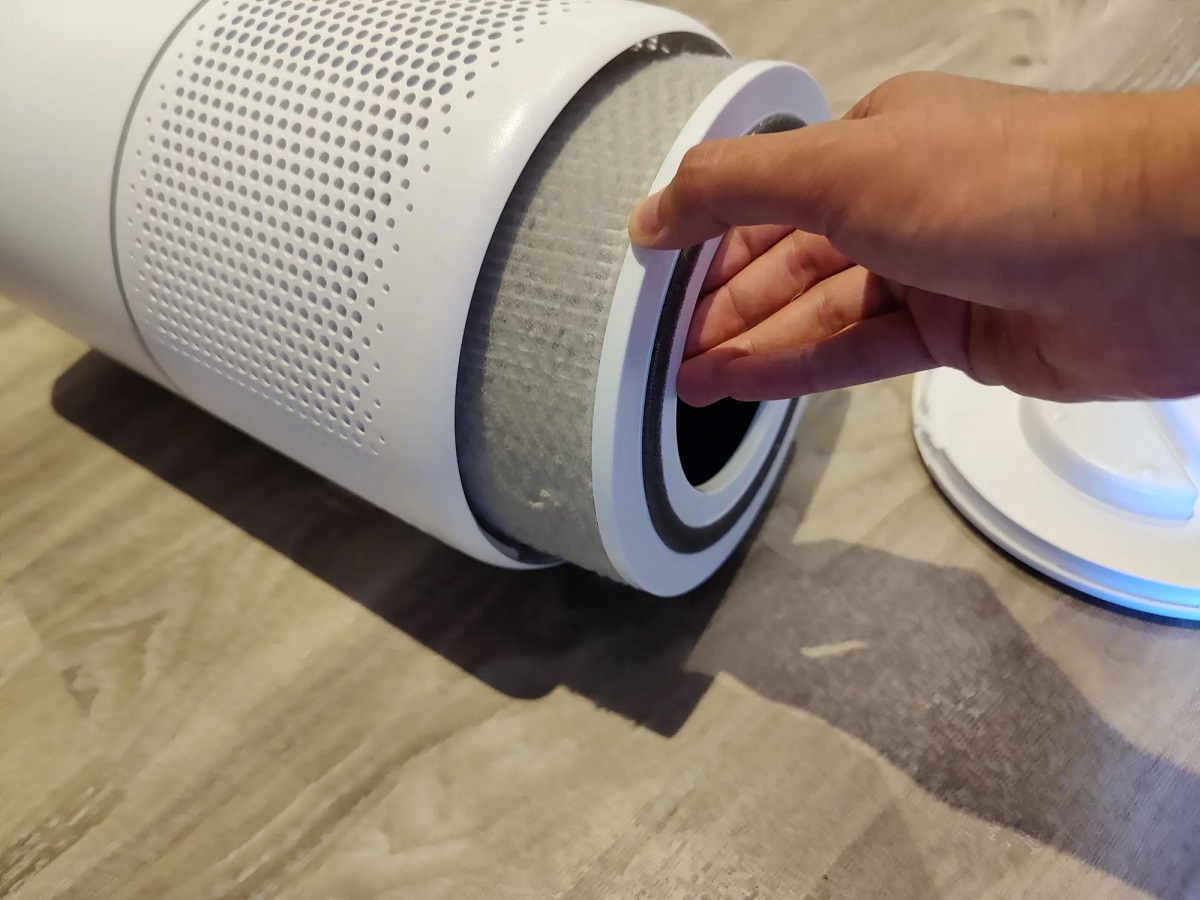
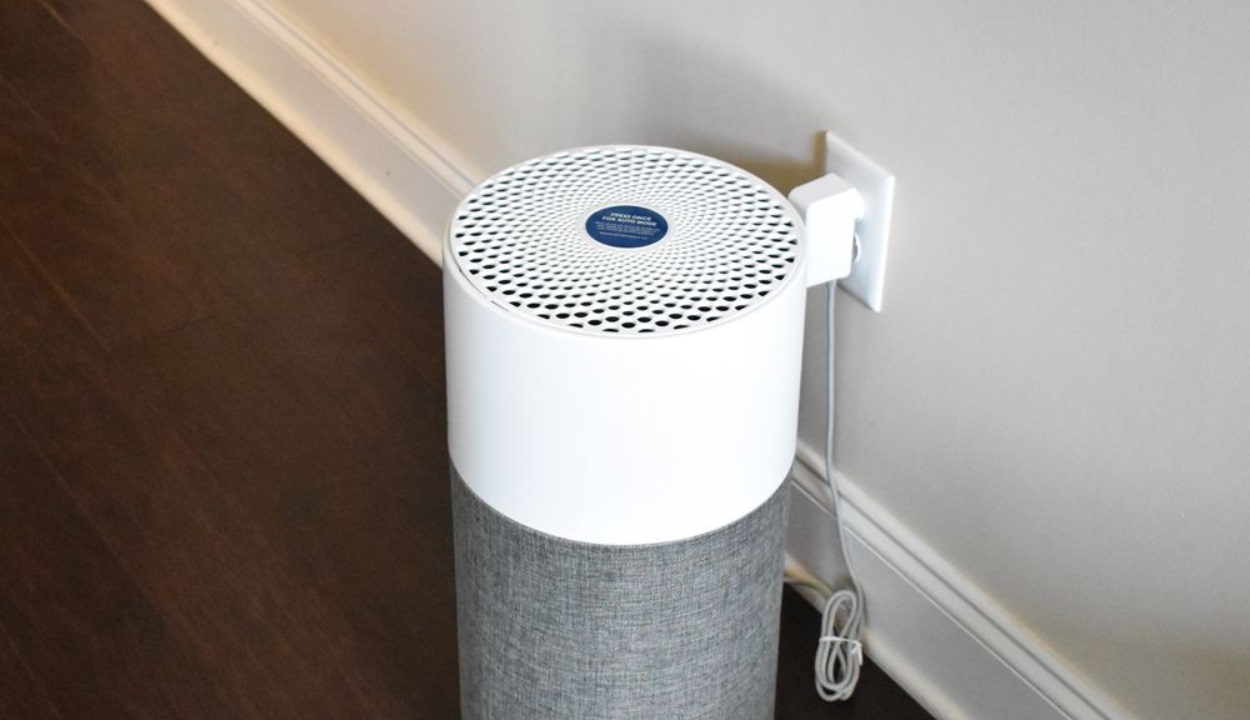
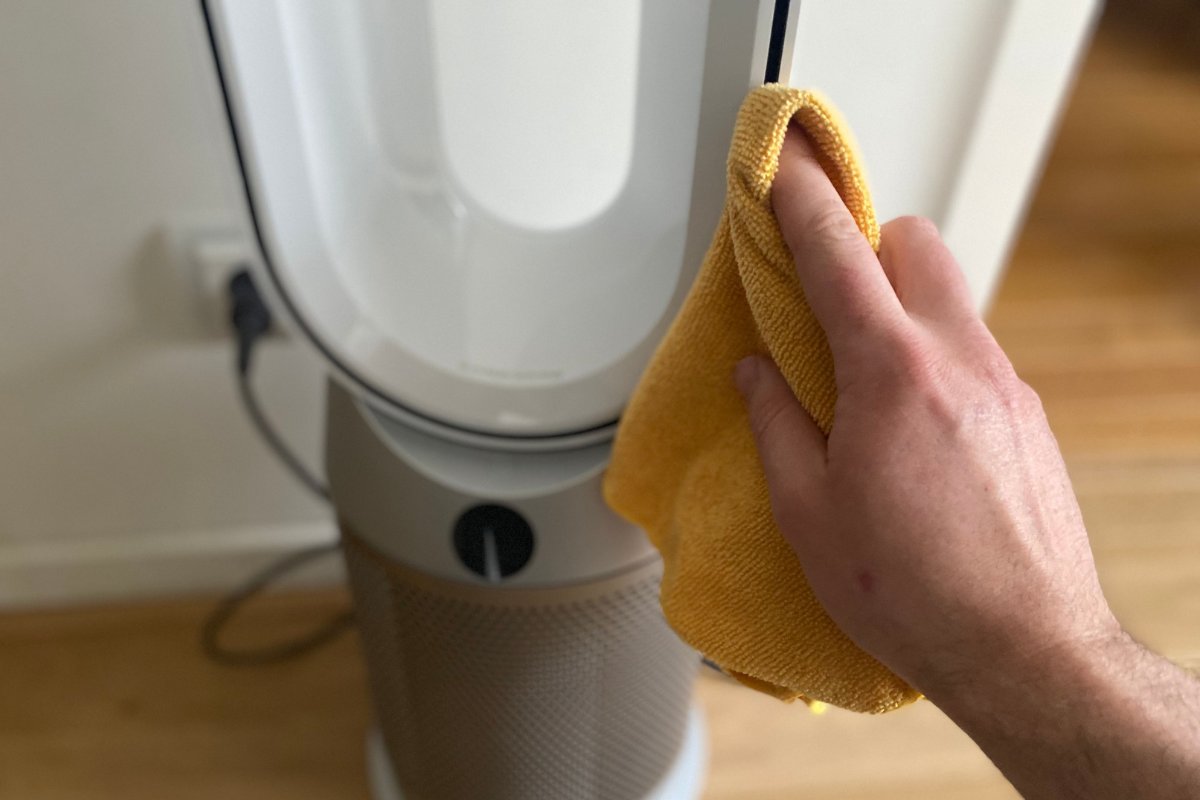
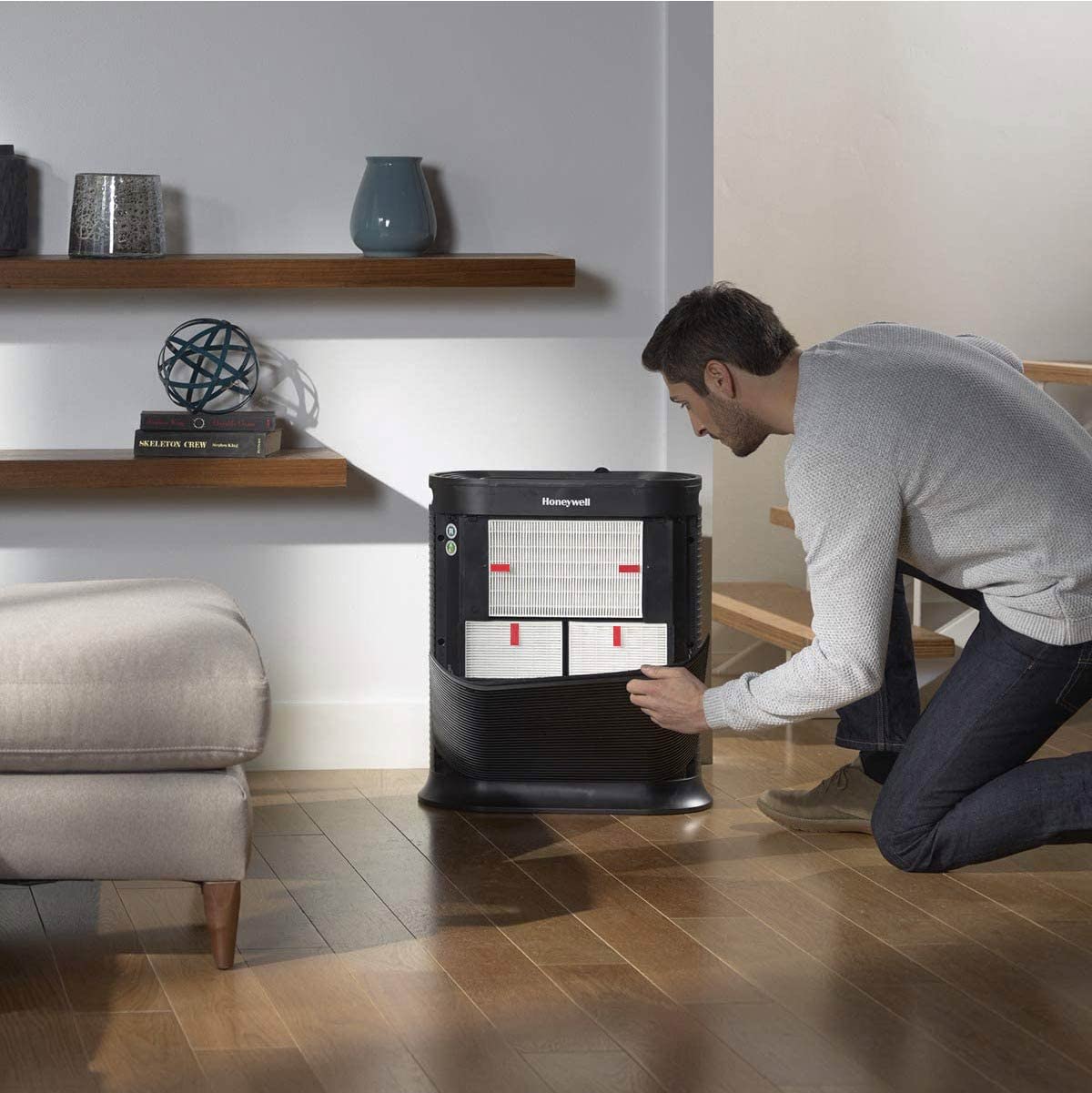
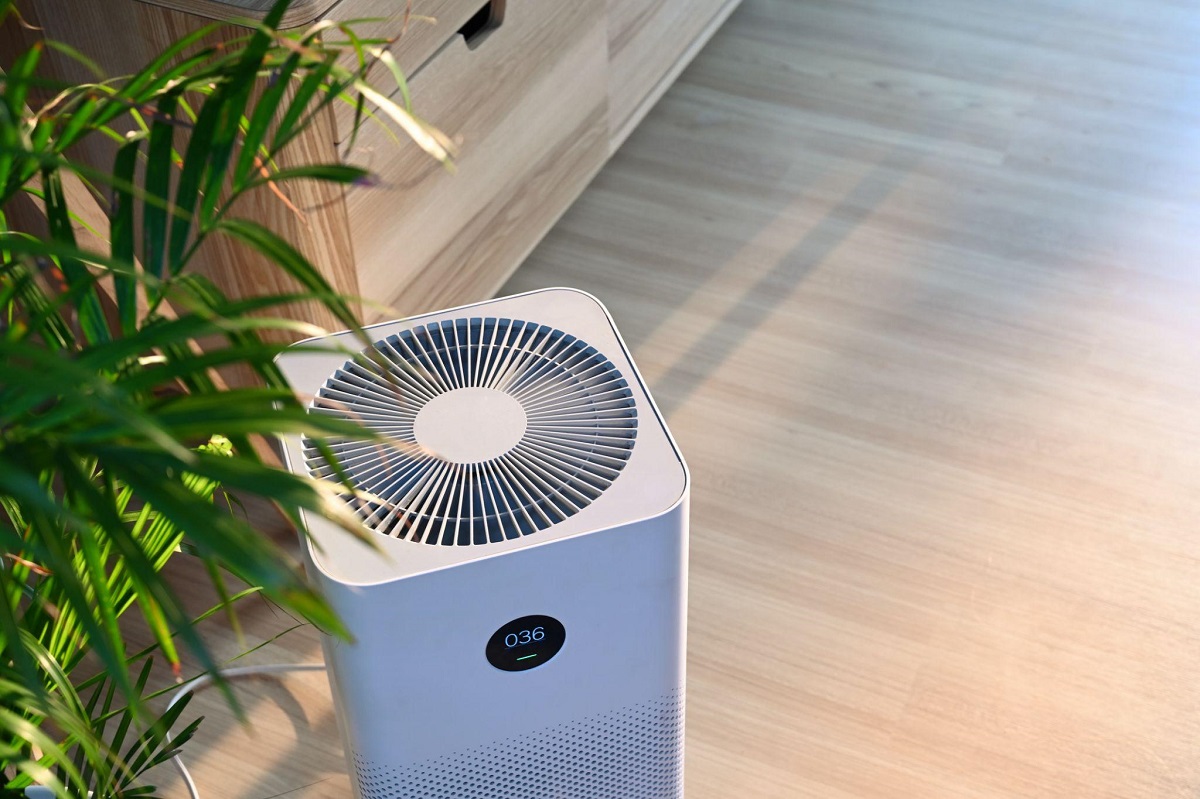
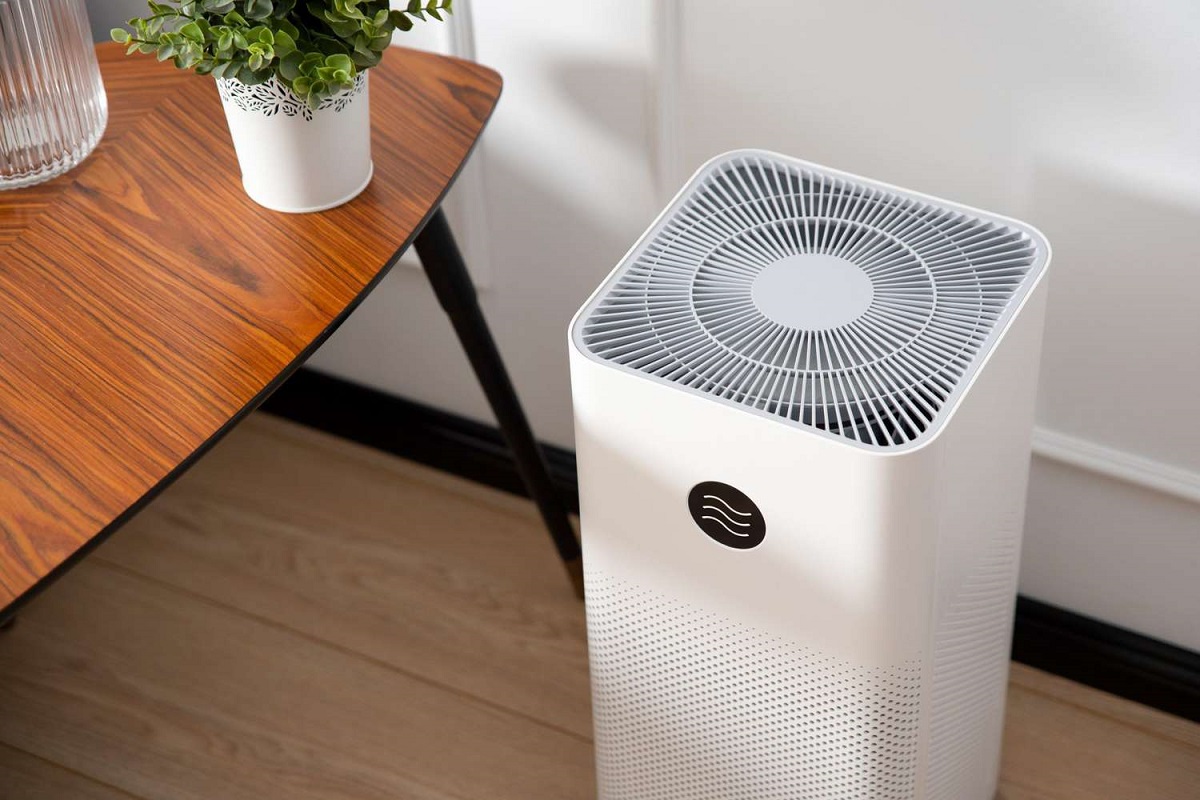
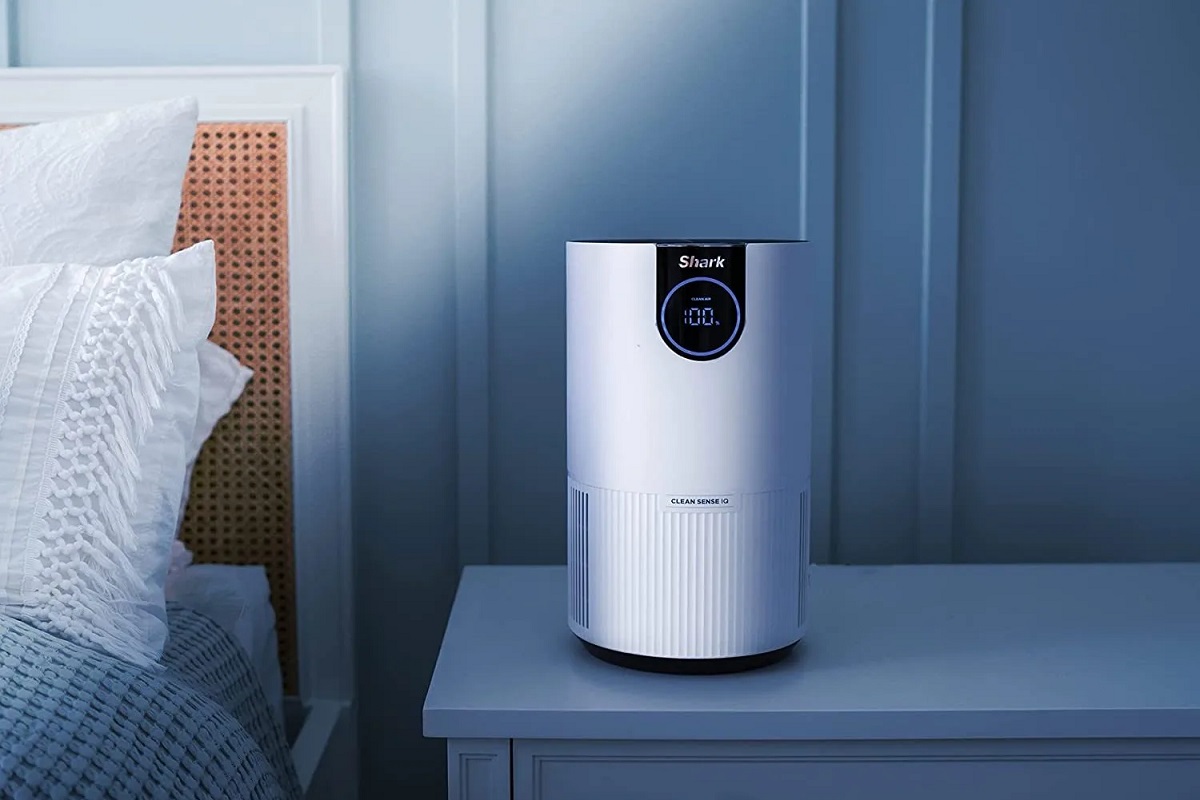
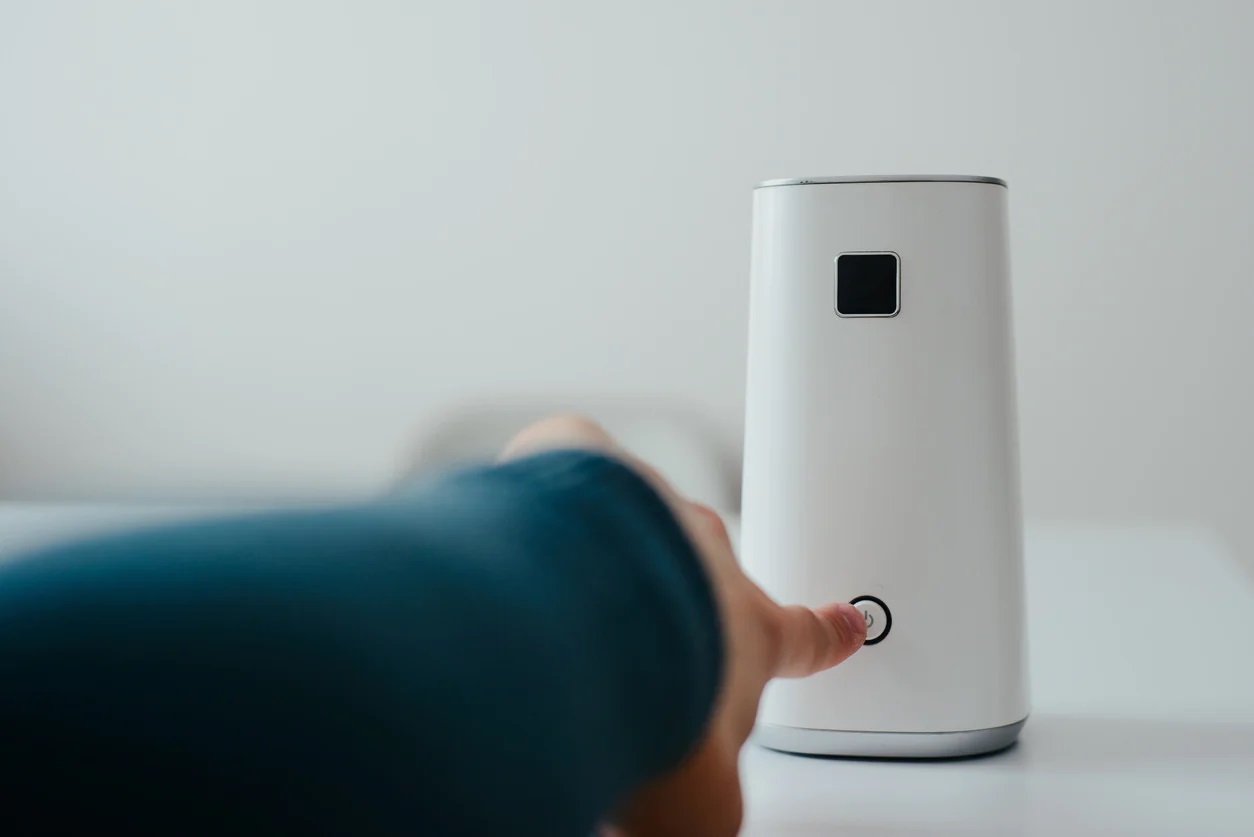
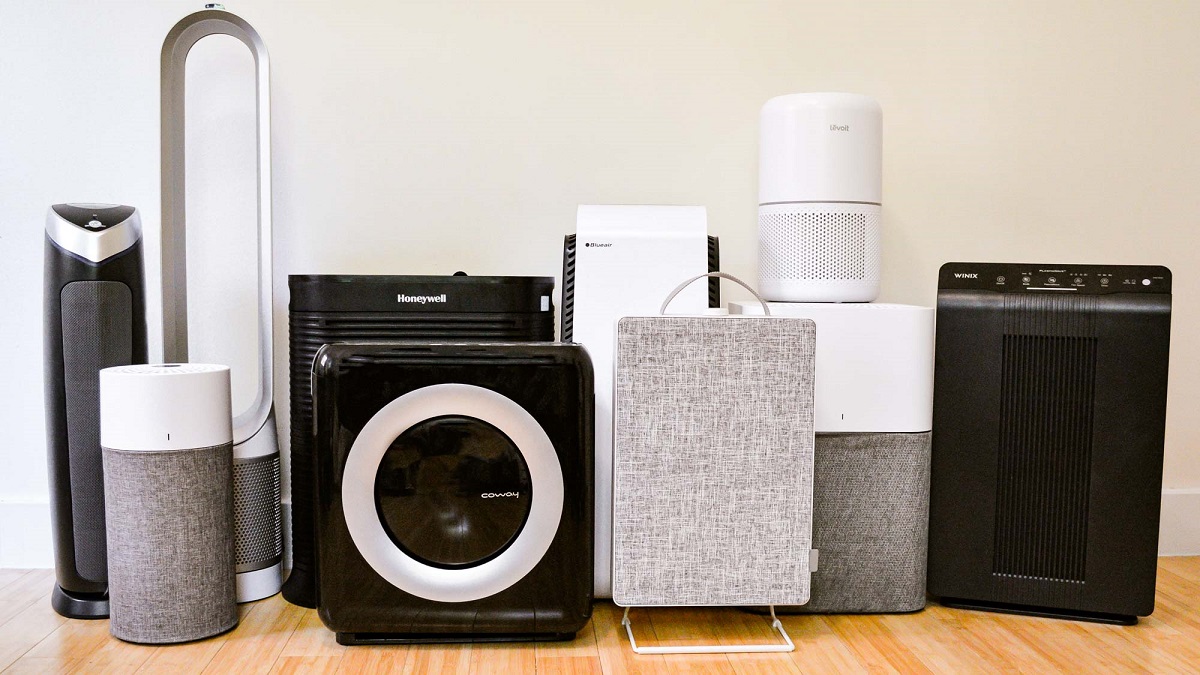
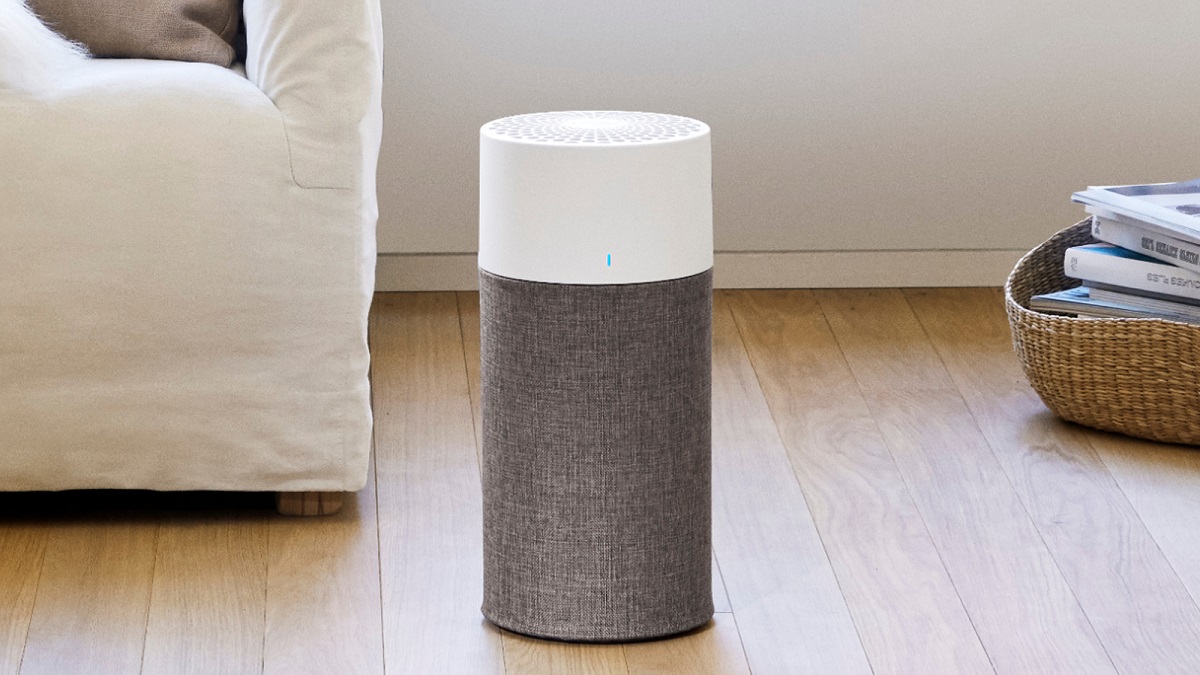
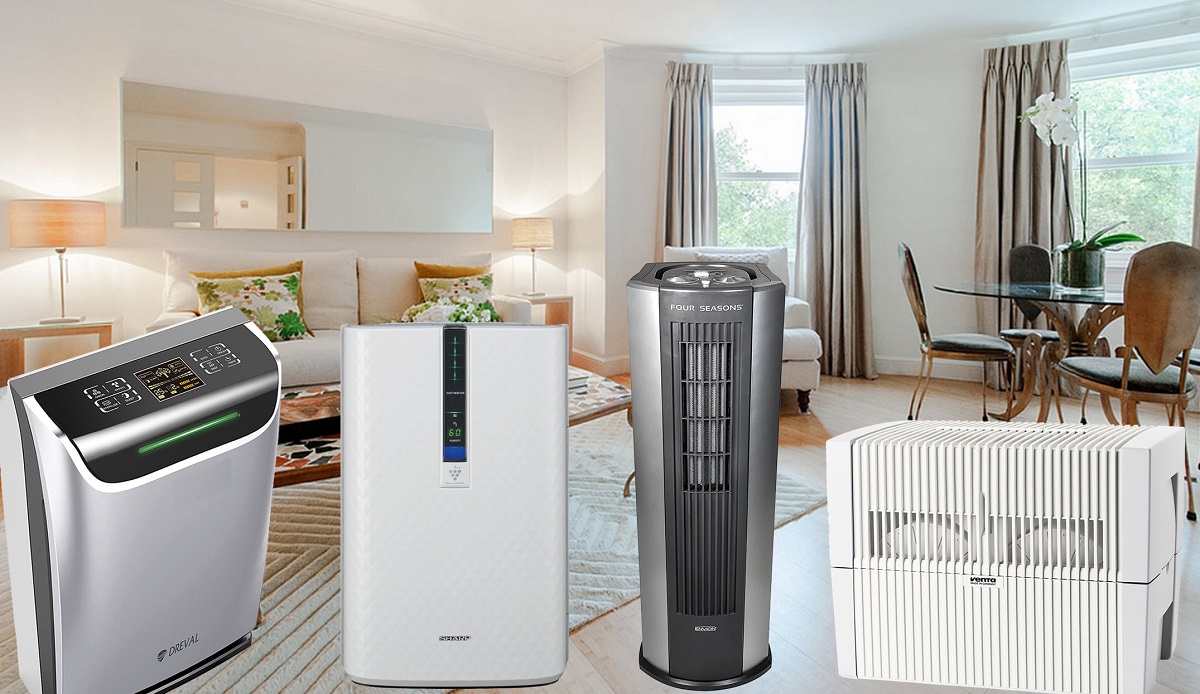
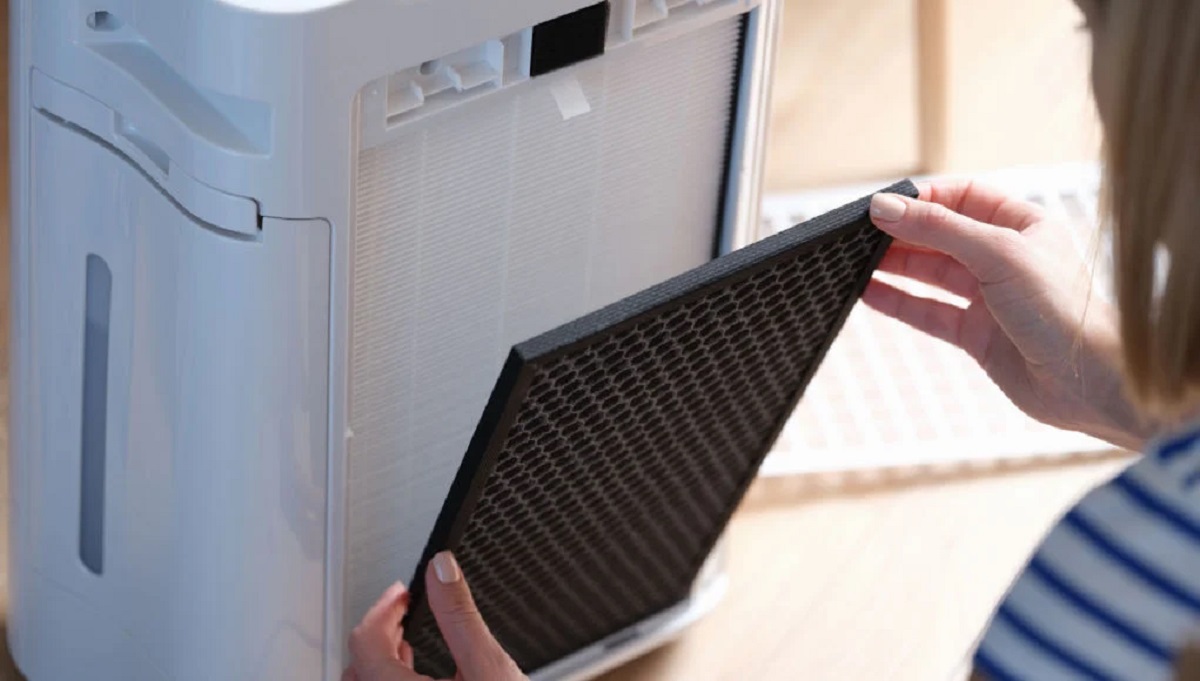
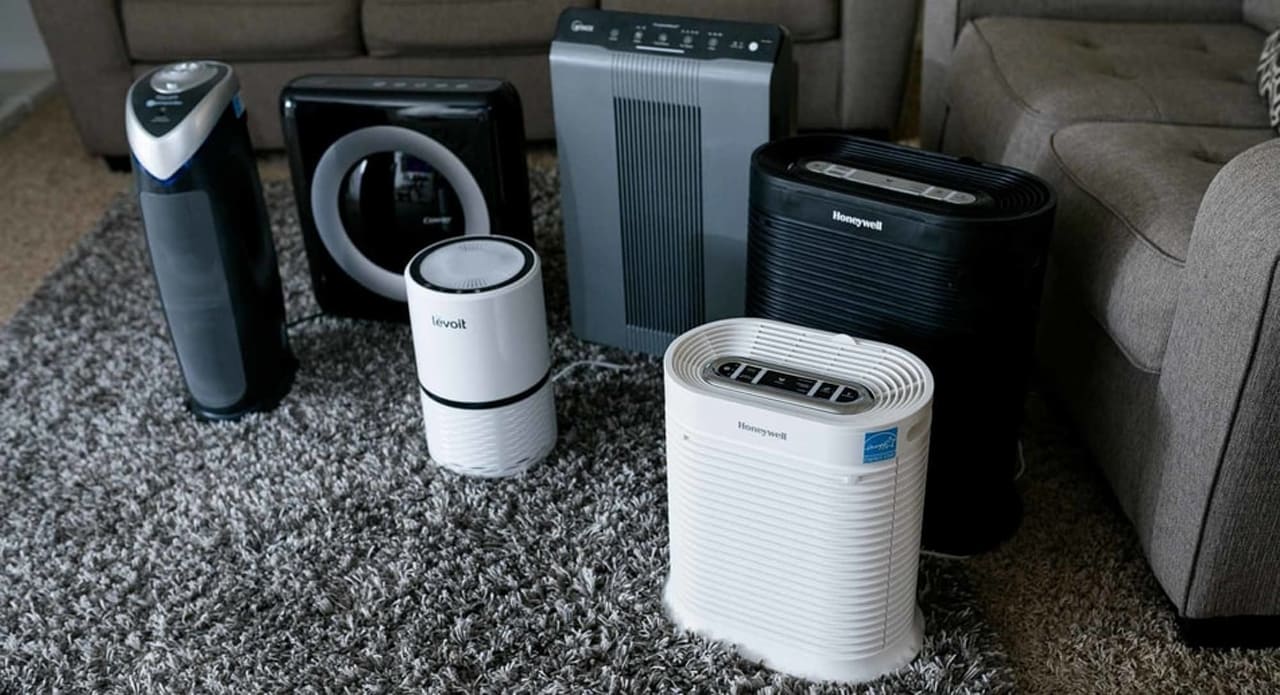

0 thoughts on “How Much Is an Air Purifier”